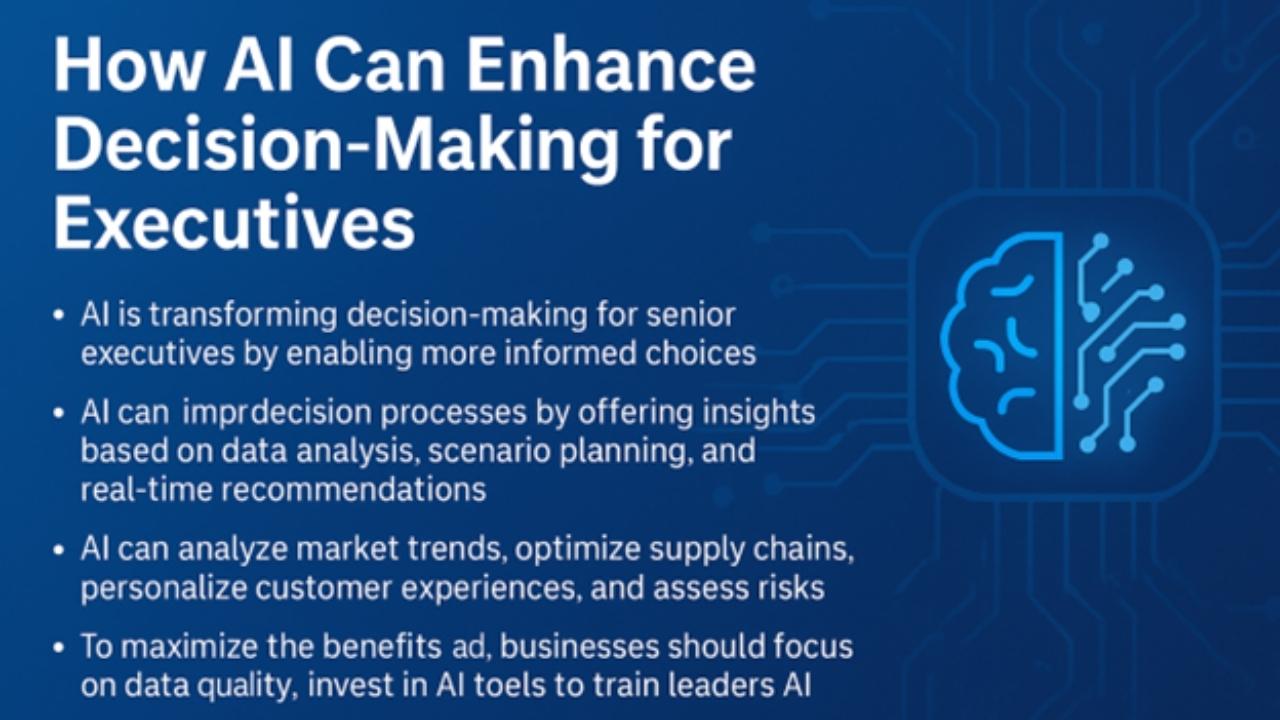The Evolving C‑Suite: 3 Executive Priorities Shaping 2025

3 Executive Priorities Shaping 2025
The 3 executive priorities shaping 2025 are: AI | Human-Centered Leadership | Succession Strategy
1. AI: From Trend to Transformation
Executives who don’t embed AI into their operating model risk falling behind.
What top leaders are doing now:
- Positioning AI as a strategic imperative
- Integrating AI across finance, operations, HR, and marketing
- Establishing internal AI governance to ensure ethical deployment
- Upskilling teams to work with AI, not around it
40% of CEOs believe their business model won’t survive the next 10 years without AI (PwC, 2025)
2. Human-Centered Leadership is a Business Advantage
The old command-and-control style is outdated. Today’s successful leaders lead with empathy, agility, and purpose.
How execs are shifting:
- Embracing reverse mentoring to stay connected to rising talent
- Building emotionally intelligent leadership teams
- Fostering psychological safety and cultural flexibility
- Prioritizing purpose over policy
“People don’t leave companies—they leave leaders.”
3. Succession & Board Alignment: Urgent and Overdue
Executive turnover is rising. Leadership pipelines are thin. Boards are under more pressure than ever.
What forward-looking leaders are doing:
- Identifying and developing next-gen talent now
- Aligning vision and strategy between the board and CEO
- Refreshing board composition to match current risks
- Auditing succession plans regularly
CEO turnover in the S&P 500 hit 14.8% in Q1 2025—the highest rate in seven years.
2025 Executive Priorities
Strategic Area Key Action Steps AI Integration Launch task forces, upskill teams, drive adoption Culture & Talent Lead with empathy, embed reverse mentoring Succession Planning Build leadership bench, align with governance
Final Thought
Great leaders aren’t waiting for disruption. They’re leading it.
Ask yourself:
- Is your AI approach reactive or proactive?
- What happens if your second-in-command resigns next quarter?
- Are you grooming talent internally, or hoping for the best?